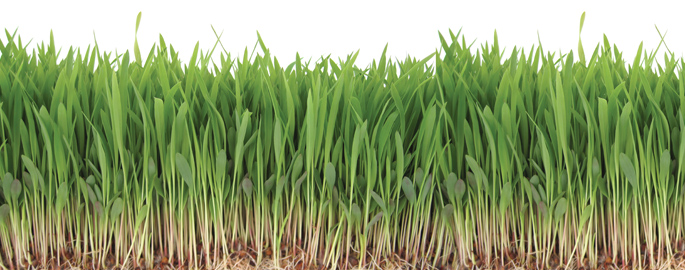- Home
- About
- Contact
- Receive our newsletter
- 1.800.201.3414
Sorghum
Sorghum is a grass that is rich in antioxidants and high in fat. There are numerous varieties of sorghum and it is grown all over the world as a staple for humans and livestock. In the United States, sorghum is grown primarily for its grains that are used in livestock rations. Hydroponically grown sorghum fodder has many nutritional advantages and, in fodder production, it is commonly used as a supplement to provide more fat.
Sorghum fodder is highly palatable to livestock and including it in their feeding programs will provide these benefits:
- High in fat
- Nutritional value comparable to corn
- Rich in antioxidants
In order to flourish and produce seeds, sorghum requires high temperatures. The average temperature needed for optimal production is 80°F, with day-time temperatures of at least 90°F. Due to these restrictions, sorghum may not be available in your area.
- Millet







